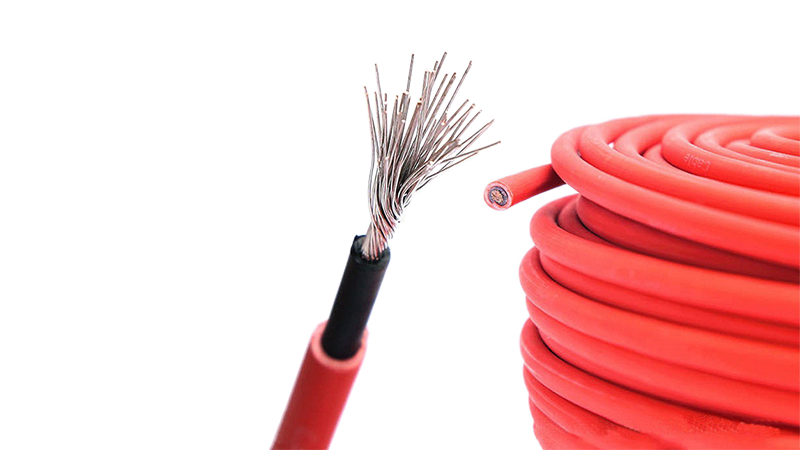Single-core photovoltaic cable, efficient transmission, energy saving and emission reduction!
In solar photovoltaic systems, cables are used to connect solar panels, inverters, battery storage systems, and other components to transmit power and signals. Photovoltaic cables usually have high weather resistance and UV resistance to adapt to the needs of outdoor use and long-term exposure to sunlight.
Advantages:
High conductivity: The four-square-millimeter photovoltaic cable has good electrical conductivity, which can effectively reduce energy loss and improve the overall efficiency of the solar system.
Strong weather resistance: designed for outdoor use, it can resist the invasion of harsh environments such as ultraviolet light, moisture and salt spray to ensure long-term stable operation.
High temperature resistance: can withstand higher working temperature, adapt to the use of different climatic conditions, improve the reliability of the system.
Good flexibility: The cable material is soft, easy to install and wire, especially in complex or narrow Spaces.
High safety: It meets international safety standards and has good insulation performance to ensure safety during use.
Affordable: Provide cost-effective options to meet the needs of solar projects of different sizes and achieve economic benefits.

How to use:
Measuring distance: Select the right length of cable based on the distance between the solar panel and the inverter or other system components.
Connect the cable: Connect one end of the cable to the output terminal of the solar panel and the other end to the input terminal of the inverter or system.
Securing the cable: Use a clamp or tie to secure the cable to the bracket or structure to ensure that the cable is not loose or damaged.
Check connections: After the installation is complete, check that all connection points are secure and ensure that the cable is connected correctly.
Regular maintenance: Check the condition of the cable regularly to ensure that there is no wear, age, or other damage to maintain the optimal performance of the system.
You can also contact us directly in the following ways: visit, telephone, email